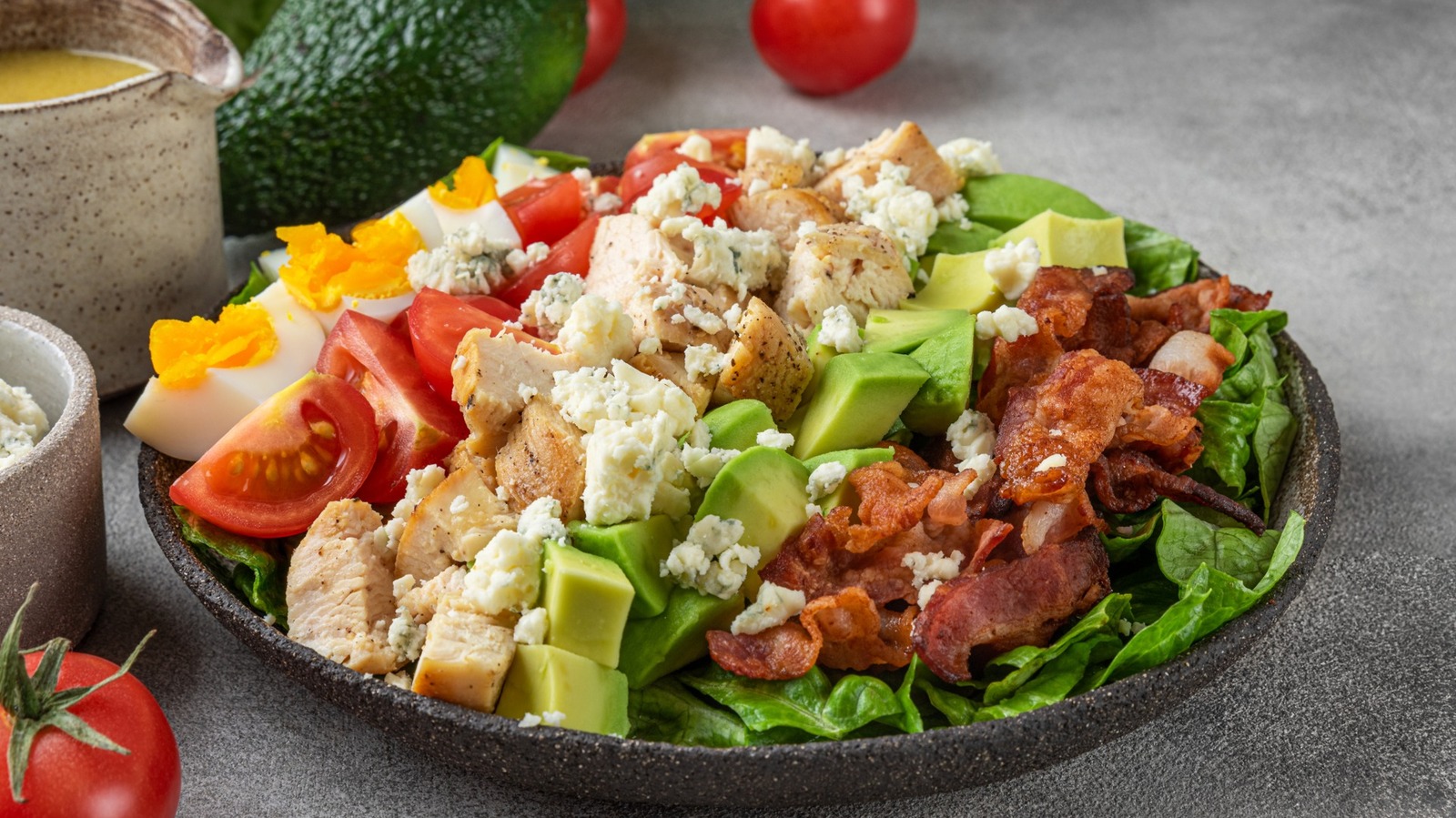
The tender, slightly sweet flesh, and succulent texture of shrimp make them an easy favorite among seafood lovers. And really, even for those who aren't that big on seafood, few would turn down some grilled shrimp cocktails or shrimp fried rice . However, if you try to cook these crustaceans at home, you may find yourself put off by the natural fishy smell that wafts off the shrimp.
Here's an easy, but pretty unexpected solution to this dilemma: give the shrimp a quick milk bath before cooking. It's exactly what it sounds like. Before your shrimp are put on the heat, soak them in a bowl or pot filled with either whole or buttermilk for anywhere between 10 to 30 minutes.
After you've rinsed them in water and pat them dry, you'll find the fishy odors significantly reduced (this trick won't kill it entirely, unfortunately). Whether it's going to be grilled, roasted, sautéd, or fried, the shrimp will taste and smell much better! How milk can deodorize your shrimp What exactly happens when you soak the shrimp in a milk bath that makes it taste and smell less like a fish market? As you might've expected, the answer lies in chemistry. Shrimp and other seafood naturally contain something called trimethylamine N-oxide (TMAO).
Over time after the shrimp is harvested, the TMAO breaks down into trimethylamine (TMA), which is the main culprit for that characteristic fishy smell. TMA is a volatile chemical, meaning it readily evaporates at room temperature to attack your nose. Now, another thing about TMA is that it becomes less volatile when it meets an acid, binding to water instead of escaping into the air.
That's why we give it a milk soak here — whole milk, with a pH level of anywhere between 6.5 to 6.7, is slightly acidic, so it works wonders as a TMA scrubber.
You can technically use anything acidic for the same effect, like lemon juice or vinegar. But unlike milk, which doesn't give the shrimp a pronounced flavor after a soak (so long that you rinse it correctly), these far more acidic ingredients will give the meat a bit of a tang, which can be an unpleasant surprise if you're expecting a smooth-tasting batch of shrimp. Give your shrimp extra flavors by seasoning the soak You can take the opportunity to give the shrimp added flavor dimension by seasoning the milk bath, too.
Add salt and pepper right into the milk marinade to pre-season the shrimp, then follow it up with some minced garlic and a dash of mixed herbs (something like dried oregano, thyme, rosemary, and parsley). And if you'd like your shrimp red-hot? Stir in some smoked paprika or chili flakes . As the shrimp soak, they'll take on all of those flavors to give you a headstart on your cooking.
And here's a pro tip: remember how we said acidity is important when we're dealing with a fishy smell? Instead of whole milk, you can swap it out for buttermilk, which is even more acidic. Aside from being more effective at scrubbing out the smell, it also does you two things extra: giving it a mildly tangy flavor and helping you tenderize the shrimp's meat. The result is a batch of shrimp that's lighter in taste and buttery-smooth in texture.
This swap is perfect if you're already making dishes where a hint of sourness shines, like lemon-garlic shrimp pasta . With these simple upgrades, your milk bath could be a two-in-one flavor and texture booster in addition to a deodorizer. Who knew a little milk could do so much?.














